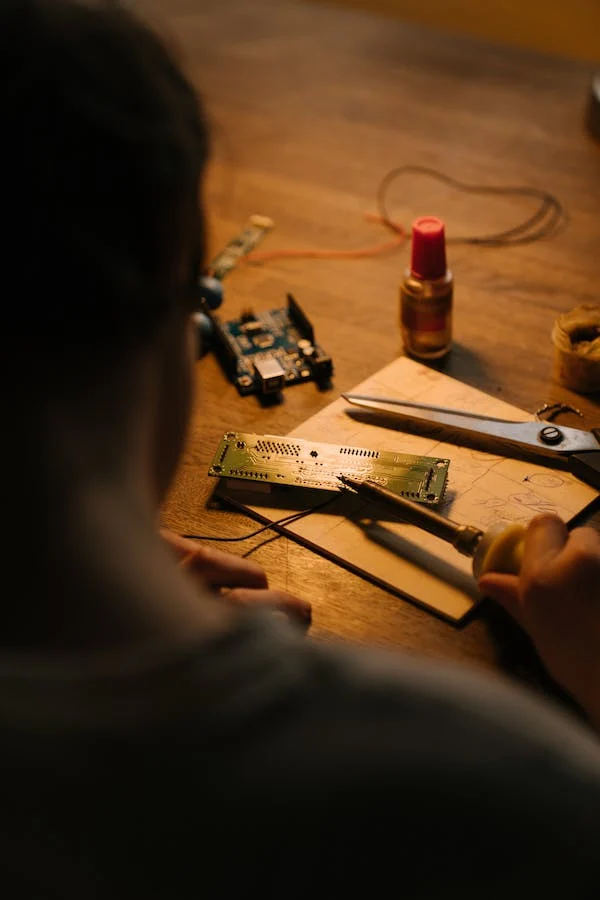Going green is not a buzzword, but a necessity that every one of us should consider with more seriousness than we had to before. Keeping the dramatic doomsday prophecies out of this discussion, it is sufficient to simply point out that there are plenty of ways in which we can contribute to a better future for our coming generations, without really sacrificing much of anything! If you are a DIY enthusiast, or simply looking to find a way to not contribute to the planet’s various ongoing issues, here are three sustainable construction materials which might help you with that.
Bamboo
In case you are surprised to see a plant being listed as a sustainable material, then that is understandable. Deforestation is a huge problem for multiple reasons, and the most prominent of those reasons is not natural forest fire, but the timber industry itself. However, we are not talking about oaks, cedars or redwood here, since they take decades to mature and reach an age where the tree can be cut down for construction-grade wood.
What we are discussing here is the bamboo plant, which is an absolute opposite to anything that most Brits are used to seeing used in construction. To better understand why the odd grass is considered to be a highly sustainable construction material, just go through the following facts which are interesting enough all on their own:
- Giving new meaning to the old phrase “watching grass grow,” bamboo can easily be seen to grow at a rate of 35 inches/day, becoming ready to harvest in 4-12 months’ time on an average
- This incredible speed of growth and maturity makes it highly replaceable and sustainable as a construction material
- Pound for pound, bamboo fibre is a stronger construction material than any hardwood, and even regular (not reinforced) steel cables
- Bamboo is quite safe, cheap and more resistant to pests than the usual softwoods and hardwoods.
Composite
Contrary to popular belief, composite is not plastic, and it has none of the negative health or environmental aspects of PVC plastic polymers either. Composite is created artificially by reinforcing wood with recyclable, nontoxic plastic and it is one of the best available materials today for fencing, balustrading, cladding and decking. Composite products are money savers in the long run, although they might cost a bit more than cheap wood or PVC initially. The cost is more than worth it though, because maintenance costs are almost non-existent here, which helps us save money down the line. Composite fencing will not warp, rot, or fade in colour, as long as you buy it from a reliable manufacturer and seller.
Ecoscape comes recommended for their special range of eco-friendly composite products because their products come with 20-years of warranty on them. As the name suggests, the company is also dedicated towards helping the environment in the most beneficial way that they can. In 2020 alone, Ecoscape recycled roughly 2500 tons of plastic to use in their own composite material manufacturing process. Visit their website to know more about how the manufacturer prioritises environmental safety, as well as customer safety with unique features such as added slip-resistance and excellent fire resistance ratings.
Steel
There is some debate regarding whether steel can really be considered a sustainable material or not, and most of that debate originates from the fact that steel manufacturing consumes tremendous amounts of energy. The steel industry consumes so much energy every year that it cannot possibly be called environmentally friendly. In that respect, steel and all its reinforced variants should not be classified as an eco-friendly construction option either.
However, steel manages to overcome that shortcoming and still qualify as a sustainable material because of the multiple post-manufacturing advantages that the alloy brings with it. Let us take a closer look at what steel has to offer that makes it a green option in construction, although the industry isn’t!
- Modern reinforced steel can last a very long time, more than making up for its initial manufacturing energy expenses over time
- Modern steel and related alloys are almost 100% recyclable and remain so indefinitely
- Modern steel and associated alloys are not known to affect the ecosystem in any toxic manner.
Those wondering why concrete is not on this list should know that concrete is not environmentally safe, and nor can it be considered a sustainable construction material. Although concrete is often touted as being so, it is not a claim that has any scientific evidence to back it up. There is no denying its necessity in modern construction, but as far as the subject of this post is concerned, concrete should not be considered an eco-friendly product. Comparatively speaking, precast concrete is still better in terms of reducing the impact of construction on the surrounding ecology, as compared to site cast concrete.

